Category: CODING
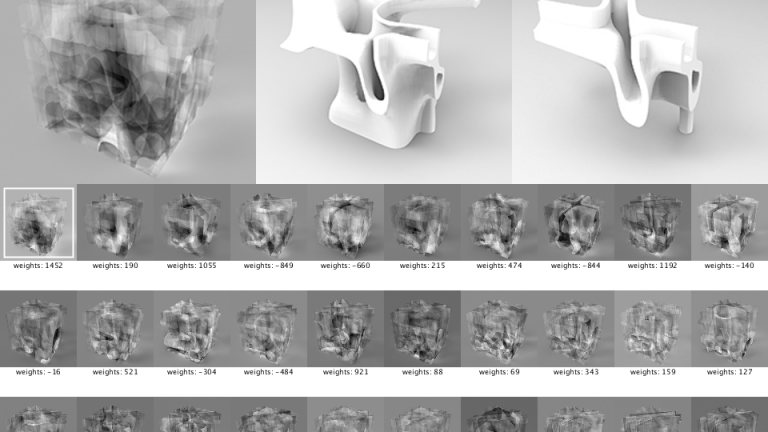
Remix
An on-going research that explores the potential of algebraic recombination of learned high-dimensional vector representations for generative design. A series of interfaces were developed to investigate these latent design spaces. In progress. keywords: Dimensionality Reduction, Computer Vision, Combinatorics, Voxel, Java design research: Immanuel Koh creative-coding: Immanuel Koh video 1 video 2 Image credits: Immanuel Koh
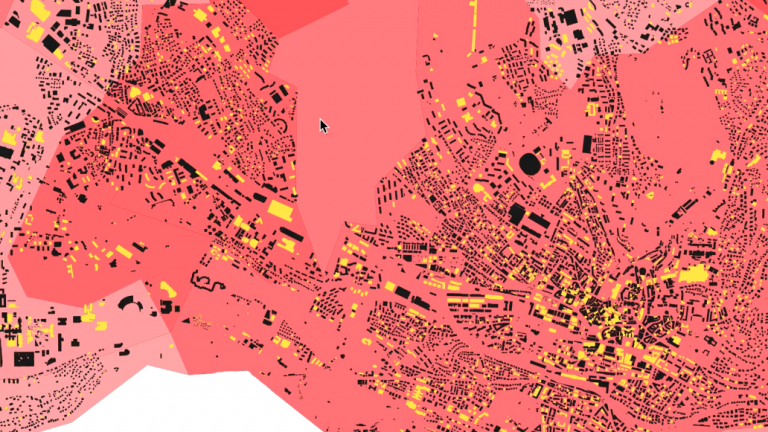
Personal Interaction Studio 2017
The Future of Maps II (Citizen Mapping with Deep Learning) served as the 2017 theme for the Personal Interaction Studio (CS-489). The map itself has emerged as one of the most ubiquitous interactive objects of our digital mobile age. It plays a significant role in our contemporary understanding of information (abstract data and physical spaces). (…)
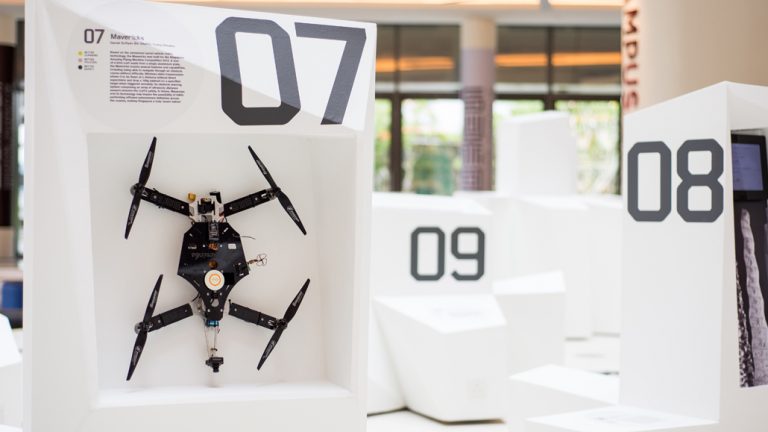
The Next 50
The Next 50 showcases innovations from SUTD at the intersection of design and technology for a Better Singapore. It is a SG50 exhibition about the future, the next 50 years, rather than the past — reflecting the forward-looking spirit of the new university. The design was generated artificially by algorithms: it was primarily driven by (…)
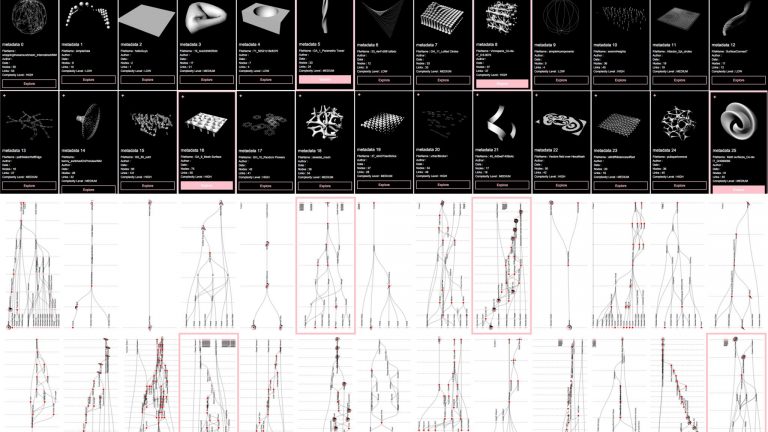
Design Decoder
An initial software prototype capable of automating the process of decoding a commonly used parametric design data (PDD) file format and then re-encoding it with new set of metrics to facilitate multiple PDD searchability, comparability and interoperability, via an integrated web interface querying a design data repository. All PDDs are conceptualized as genealogies of numerical (…)
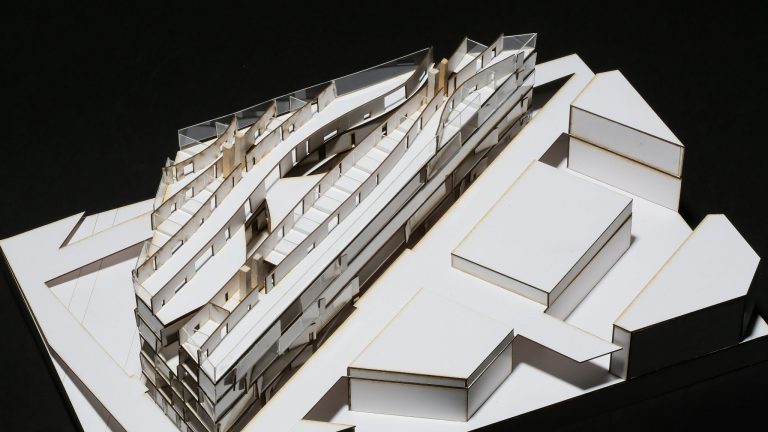
Singapore Studio 02
This Spring 2017 we are holding our second Singapore Studio and asking our students to propose innovation prototypologies- architectures that cater to the creative class. Our site, as in the previous semester, is the innovation district of Changi Business Park, anchored by the new Singapore University of Technology and Design (SUTD). Designing for innovation requires (…)
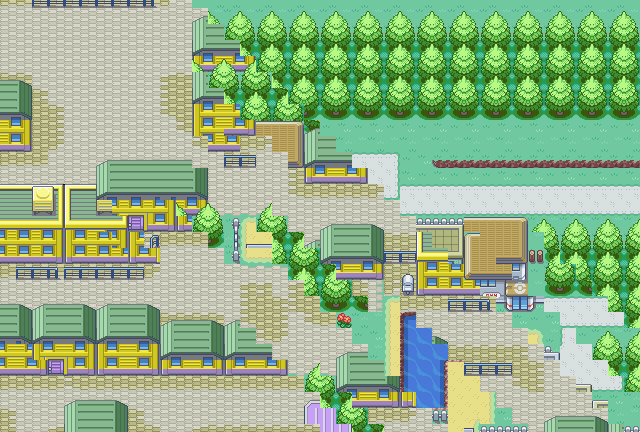
Markov Spaces
Creating two-dimensional tile maps by hand is a long and tedious process. Tile maps contain an inherent structure and repetition that we should be able to exploit. We provide a way of generating these maps automatically using machine learning techniques. With these set of tools level designers will be able to create worlds that are (…)
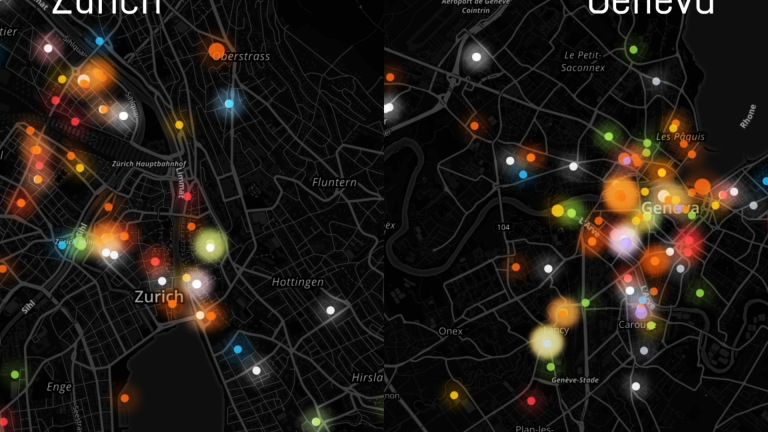
Personal Interaction Studio 2016
The Future of Maps I (Experience Design) served as the 2016 theme for the Personal Interaction Studio (CS-489). The map itself has emerged as one of the most ubiquitous interactive objects of our digital mobile age. It plays a significant role in our contemporary understanding of information (abstract data and physical spaces). This term, the (…)
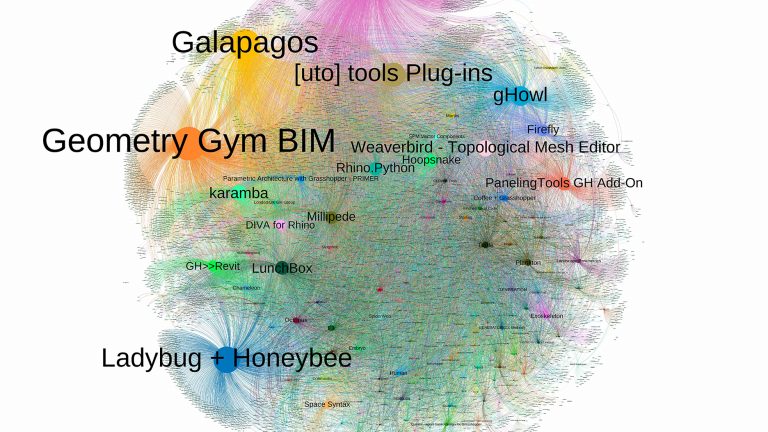
Trends & Networks
This project explores the dynamics of a design-domain specific and tool-based social network (i.e. Grasshopper3D), which is characterized by a highly technical and task-driven perspective. It demonstrates that the increasingly interwoven relationship between designers and their digital tools can be quantitatively analyzed as a graph-based dataset in gaining insights on the changing landscape of architectural (…)